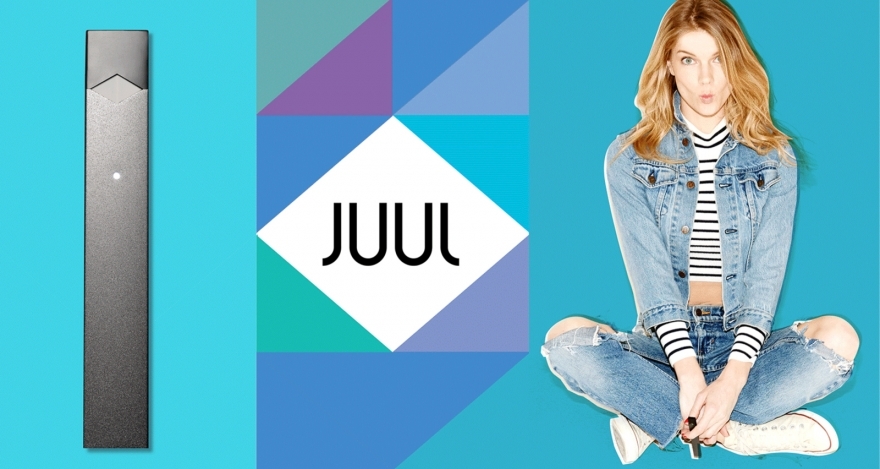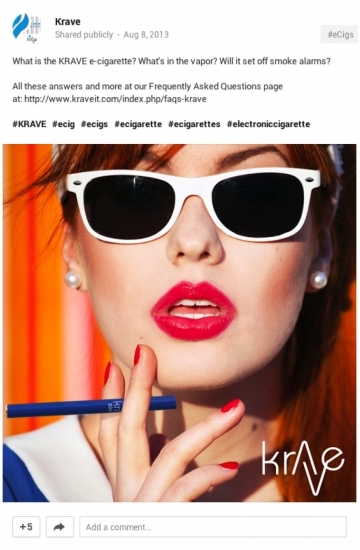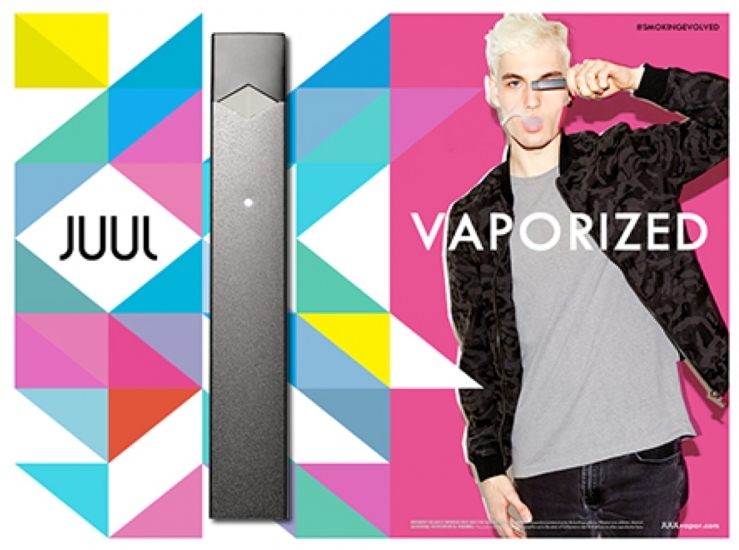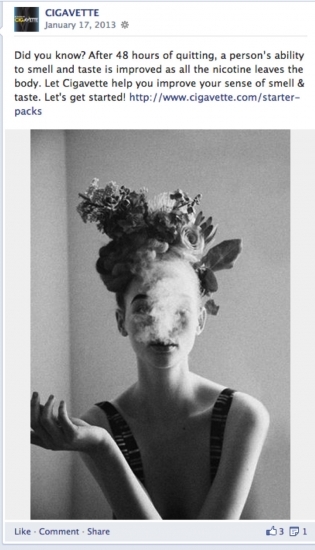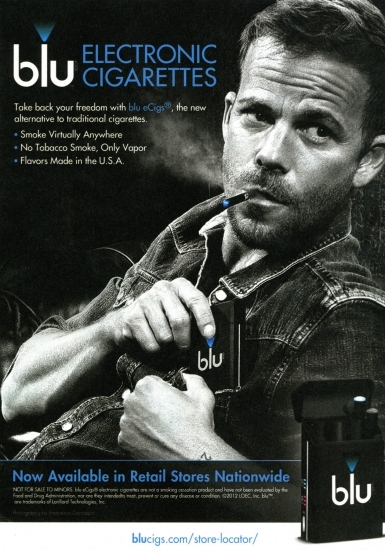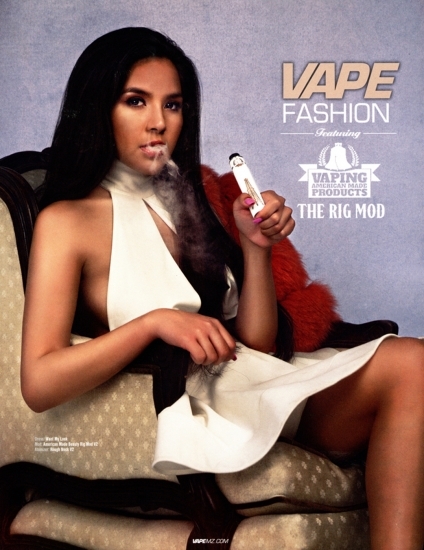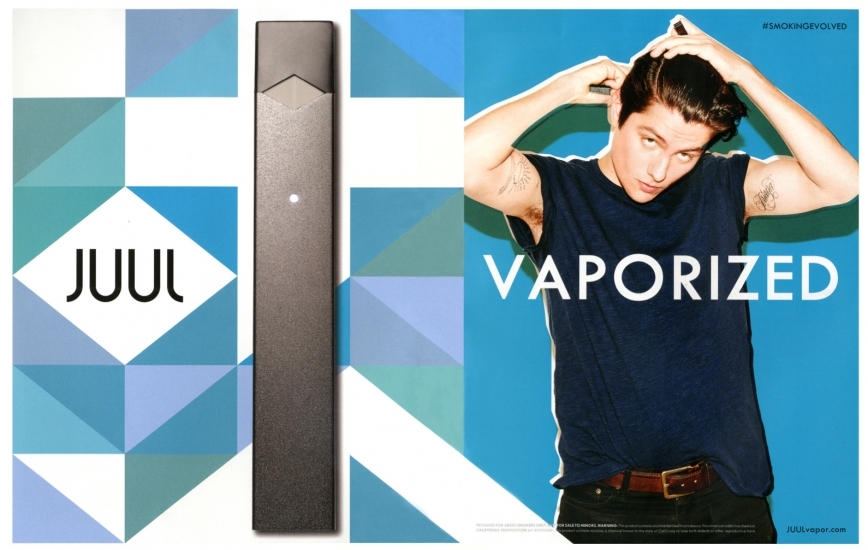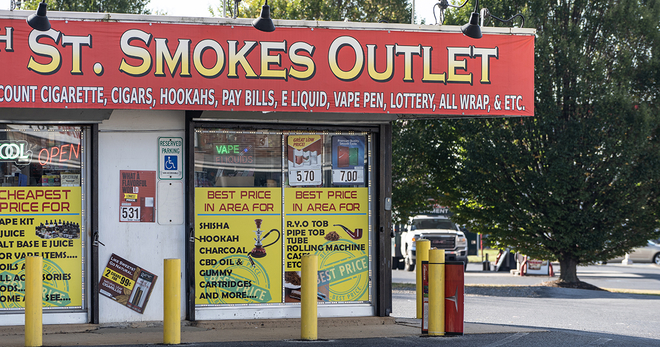E-cigarettes as accessories: How vaping companies market products as stylish
Today’s most popular e-cigarette, JUUL, launched in 2015 with a brightly colored advertising campaign featuring young models in trendy clothes posing for the camera.
Displayed on a Times Square billboard and in other venues, the images were “of attractive and fashionably casual young models smiling, joyously jumping, and kissing while enthusiastically vaping,” according to researchers at the Stanford University Research on the Impact of Tobacco, which hosts a collection of e-cigarette advertisements online.
“These advertisements clearly resonated with a younger demographic, school-age teens, which seek to emulate the cool and trendy look of playful 20-something models,” Stanford researchers wrote.
JUUL’s launch is just one example of e-cigarette companies positioning their products as trendy and fashionable. The Stanford University Research on the Impact of Tobacco has an entire section in their collection on the marketing theme “vaping glamour,” with more than 100 e-cigarette ads that look like shoots for fashion magazines. The tactic is reminiscent of how tobacco companies have used similar themes to sell cigarettes, especially to women.
E-cigarette companies have also sponsored trendy events, including Fashion Week, where blu e-cigarettes distributed free samples in 2013 as a main sponsor. Designers have furthered the association between e-cigarettes and fashion by creating accessories for the devices, such as carrying cases.
*Images courtesy of Stanford Research into the Impact of Tobacco Advertising
More in tobacco industry marketing
Want support quitting? Join EX Program
By clicking JOIN, you agree to the Terms, Text Message Terms and Privacy Policy.
Msg&Data rates may apply; msgs are automated.

